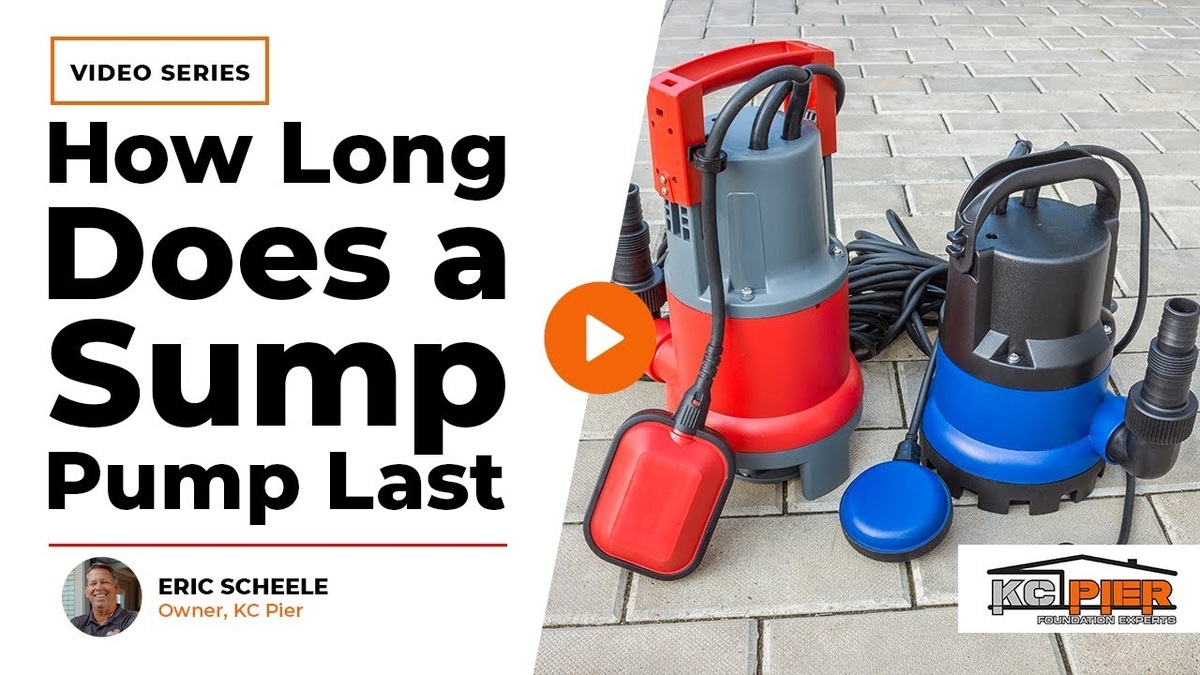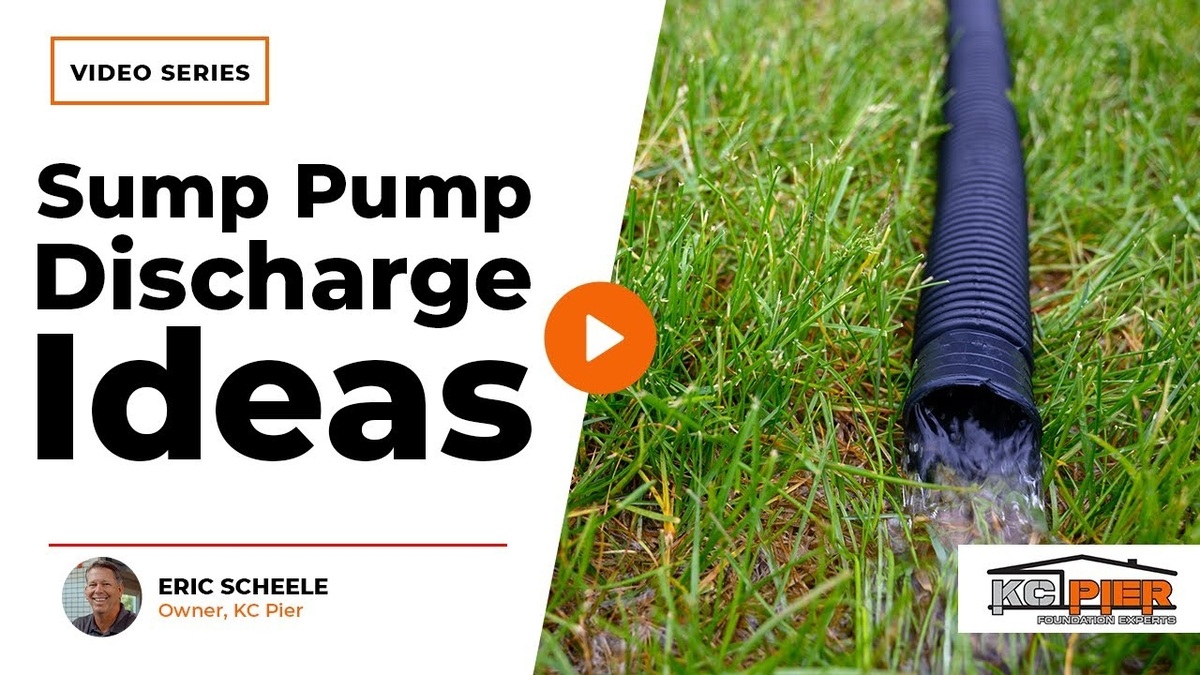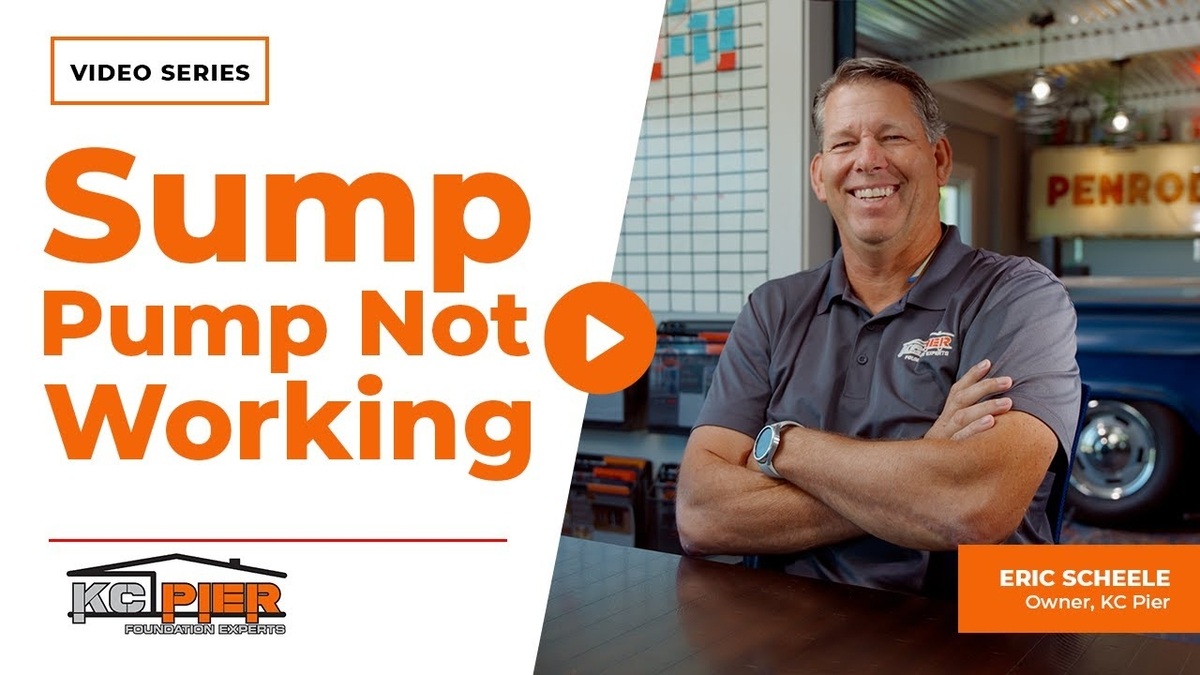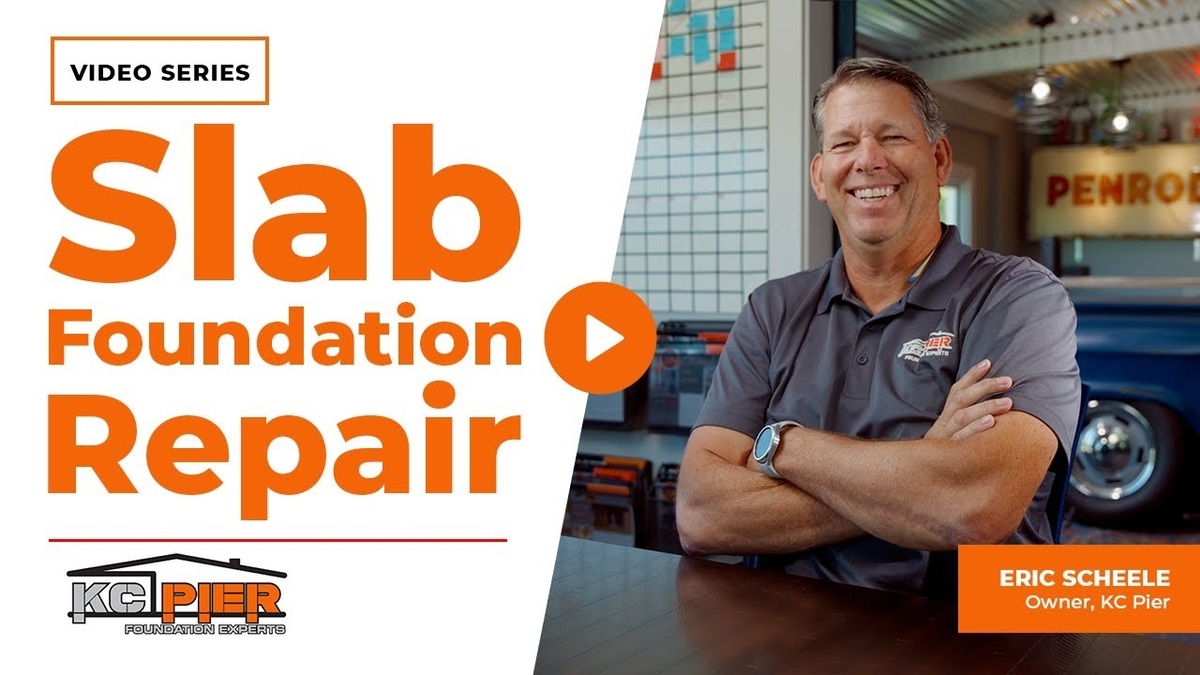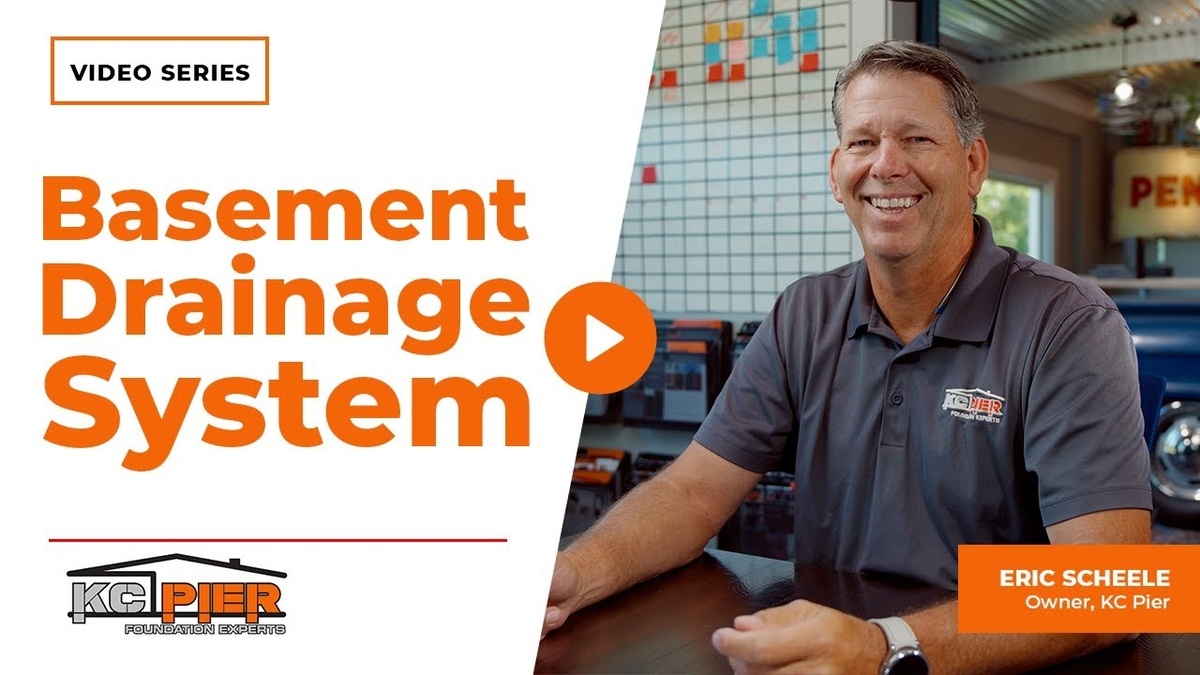Imagine walking downstairs to your beautifully finished basement, only to find damp walls and standing water. The thought of having to rip out drywall and flooring to solve the problem can be stressful. But here’s the good news: you don’t have to dismantle your entire basement to safeguard it from water damage. With the right strategies, you can waterproof a finished basement while keeping disruption to a minimum. Read on to learn how.
Understanding the Importance of Exterior Waterproofing
Exterior waterproofing is often the first line of defense against basement water intrusion. In fact, 98% of the time, exterior waterproofing can take care of the whole problem. By addressing the issue from the outside, you can prevent the majority of water from ever reaching your basement walls. This method involves treating the exterior walls with a waterproof membrane and installing proper drainage systems.
Identifying the Source of Water Damage
When you walk into a finished basement and see water damage, the source isn’t always immediately clear. Often, it’s assumed that water is coming from the exterior, but it could also be coming from the floating slab underneath. To accurately diagnose the issue, we recommend a flood cut, which involves removing a foot or two of sheetrock to inspect the wall and lower portions for signs of water damage.
The Flood Cut Technique
The flood cut is a crucial step in identifying and addressing water damage. By removing a portion of the wall, you can see if the water is coming from a crack in the foundation or another hidden source. This allows for targeted repairs without unnecessary demolition.
- Perform the Cut: Remove a foot or two of sheetrock from the bottom of the wall.
- Inspect the Wall: Look for cracks or signs of water damage.
- Determine the Source: Identify whether the water is coming from exterior cracks, high water tables, or other issues.
Waterproofing Challenges with High Water Tables
In areas with high water tables, exterior waterproofing alone might not be sufficient. Water can seep in from below, causing persistent issues. To combat this, it’s essential to implement a comprehensive waterproofing strategy that includes both exterior and interior solutions. We go over and beyond our waterproofing because we understand that structural or water repair is a significant investment in your home.
Our Waterproofing Approach
Our approach to waterproofing is thorough and exceeds traditional methods to ensure long-lasting protection. Here’s a breakdown of our process:
Traditional Waterproofing Methods
Typically, homes are waterproofed during construction with a spray tar applied to the foundation. This is followed by the installation of a corrugated pipe and a layer of gravel. While this method can be effective for a few years, it often fails as the gravel erodes and soil clogs the drainage system.
Problems with Traditional Methods
Over time, soil expansion and contraction cause the gravel to disappear, and the corrugated pipe becomes encased in soil, preventing water from draining properly. This leads to hydrostatic pressure and cracks in the foundation, allowing water to enter the basement. Once the wall moves, the spray tar waterproofing breaks and no longer holds effectively.
Our Method in Detail
- Cleaning the Wall: We start by thoroughly cleaning the exterior wall.
- Applying a 60 Mil Membrane: We apply a robust 60 mil waterproof membrane to the wall and over the footing to seal any potential access points for water.
- Installing Triple Wall PVC Pipe: We use a crush-proof triple wall PVC perforated pipe placed next to the footing, ensuring water is captured before it can enter the basement. This method prevents the water from building up to a level where it can penetrate the basement floor.
- Running to Daylight or Sump Pump: Depending on the city regulations, we either run the drainage to daylight or an interior sump pump, ensuring continuous water removal. Most cities won’t allow you to tie back into the sewers, so we use alternative methods to manage the water flow.
The Benefits of Our Waterproofing Method
Our comprehensive approach ensures that water is effectively diverted away from your home, preventing basement flooding and water damage. By using high-quality materials and techniques, we provide a solution that stands the test of time.
Our Waterproofing Warranties
We stand by our work with lifetime warranties, giving you peace of mind that your investment is protected. Our commitment to quality and durability means you won’t need to worry about future water issues.
In Summary
It is possible to waterproof a finished basement without tearing it apart by using the right techniques. By identifying the source of water damage, applying the flood cut method, and selecting high-quality materials and methods, we can keep your basement dry and preserved.
To effectively waterproof a finished basement and protect your investment, trust our professional services. Contact us today to get started.


